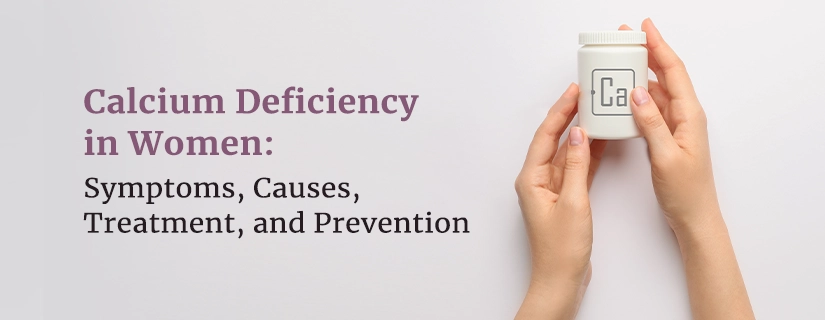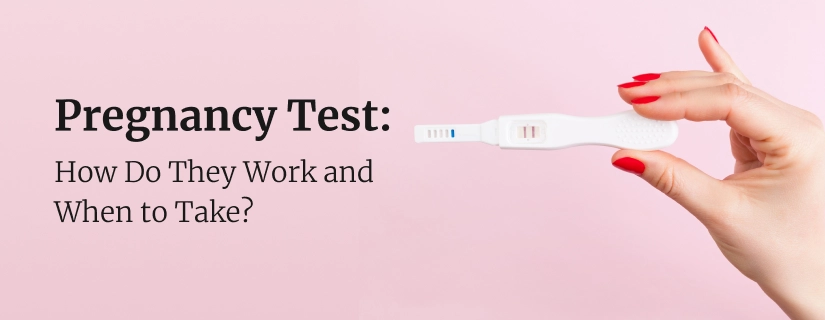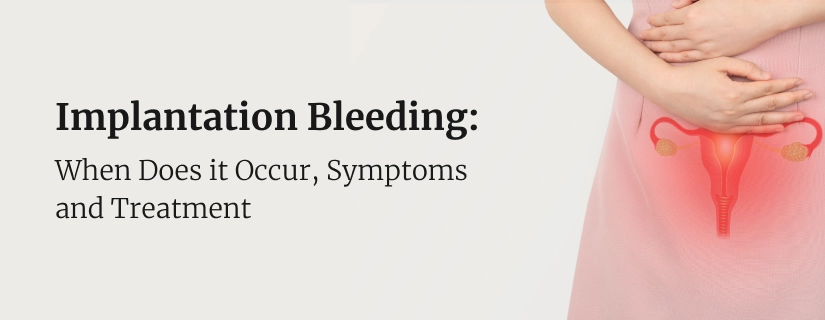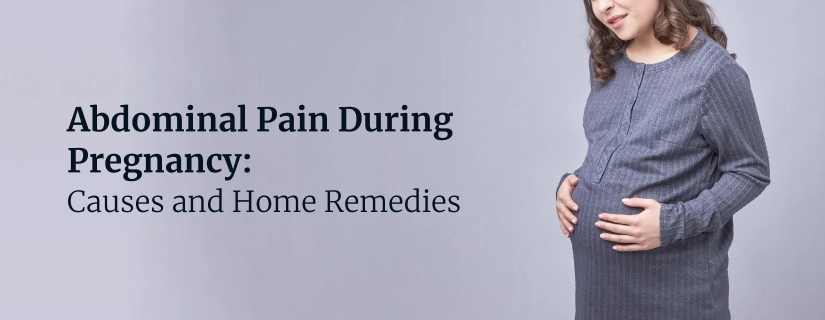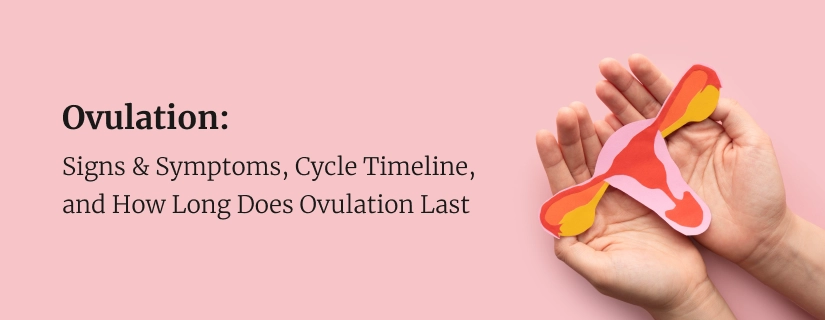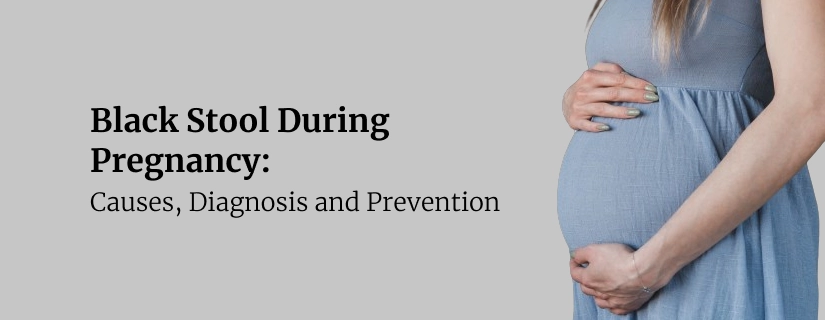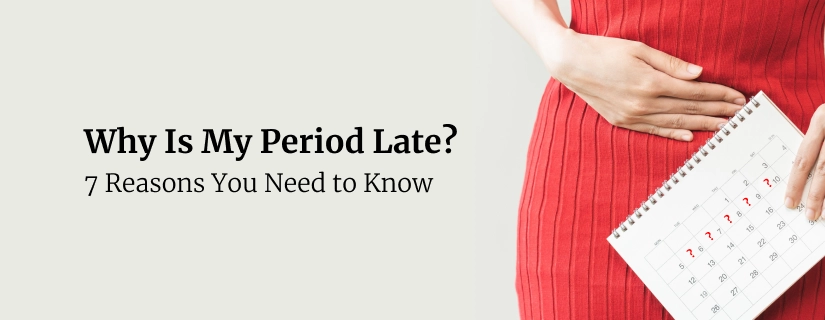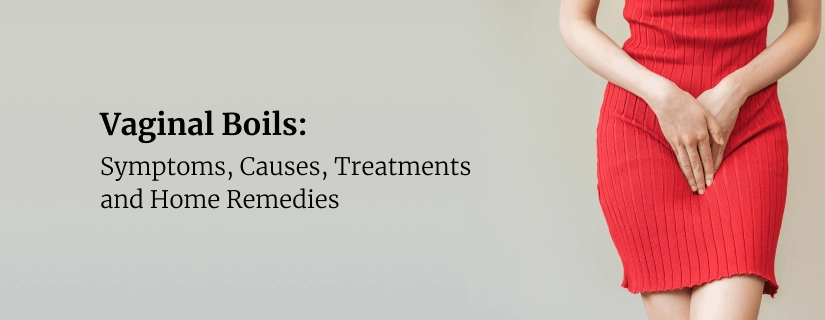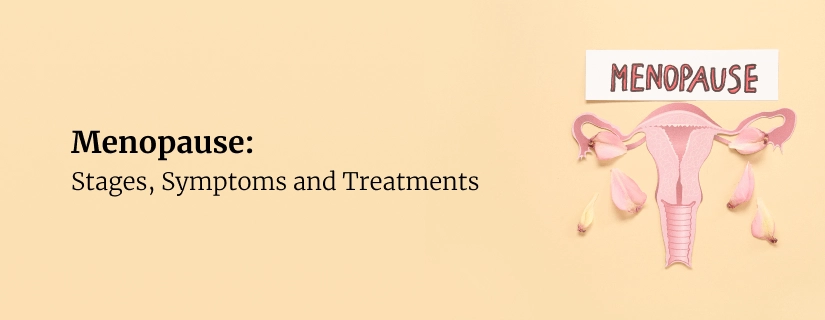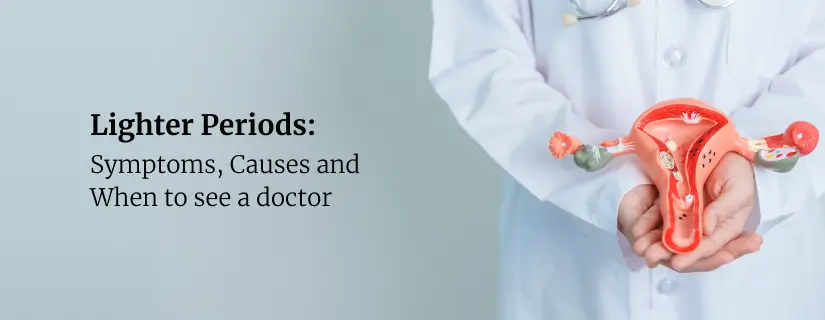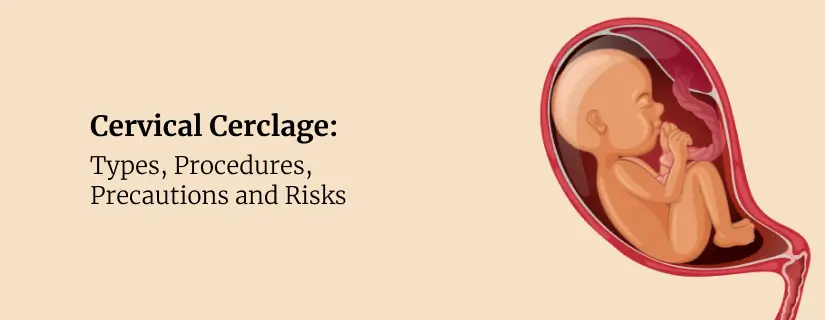-
Doctors
-
Specialities & Treatments
Centre of Excellence
Specialties
Treatments and Procedures
Hospitals & Directions HyderabadCARE Hospitals, Banjara Hills CARE Outpatient Centre, Banjara Hills CARE Hospitals, HITEC City CARE Hospitals, Nampally Gurunanak CARE Hospitals, Musheerabad CARE Hospitals Outpatient Centre, HITEC City CARE Hospitals, Malakpet
HyderabadCARE Hospitals, Banjara Hills CARE Outpatient Centre, Banjara Hills CARE Hospitals, HITEC City CARE Hospitals, Nampally Gurunanak CARE Hospitals, Musheerabad CARE Hospitals Outpatient Centre, HITEC City CARE Hospitals, Malakpet Raipur
Raipur
 Bhubaneswar
Bhubaneswar Visakhapatnam
Visakhapatnam
 Nagpur
Nagpur
 Indore
Indore
 Chh. Sambhajinagar
Chh. SambhajinagarClinics & Medical Centers
Book an AppointmentContact Us
Online Lab Reports
Book an Appointment
Consult Super-Specialist Doctors at CARE Hospitals
Vaginal Bleeding between Periods
Updated on 25 October 2023
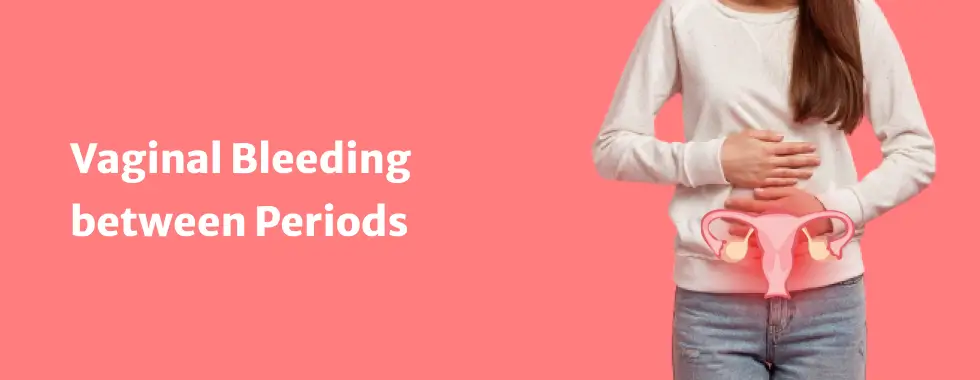
Women experience vaginal bleeding each month during their menstrual cycle from adolescence to menopause. Typically, all women have a menstrual period once a month, occurring approximately every 21 to 35 days and lasting anywhere from 1 to 7 days. Vaginal bleeding that occurs between these regular periods is referred to as 'bleeding between periods.' Metrorrhagia is the medical term for this type of bleeding and is sometimes described as vaginal spotting between periods.
Bleeding between periods can resemble a regular menstrual period, be heavier with increased blood loss, or be extremely light (often referred to as 'spotting'). Such bleeding may occur occasionally or persist for several days. This bleeding is not a normal period and it is advisable to consult a doctor.
Causes of vaginal bleeding between periods
There are several causes of vaginal bleeding between periods, some of which are harmless and in others, it can be a more serious sign.
Some of the causes of vaginal bleeding between periods include:
- Hormonal contraceptives - Vaginal bleeding between periods is frequently associated with hormonal contraceptives. If irregular bleeding occurs, it usually happens within the first three months of using the contraceptive. Seeking medical advice is advisable if there is heavy vaginal bleeding between periods or if it persists for more than three months.
- Stress, weight loss, or travel can also cause vaginal bleeding.
- Emergency contraception - Bleeding can also occur after using emergency contraception, including both the morning-after pill and the IUD as emergency contraceptives.
- Miscarriage - One preliminary indication of a miscarriage is bleeding between menstrual cycles. A woman may experience a miscarriage at any point during her pregnancy, even before she is aware that she is expecting.
- Termination - After an abortion or termination, women may experience some bleeding. Following an in-clinic procedure or the use of the abortion pill, spotting may continue for several weeks.
- Pelvic Inflammatory diseases - Vaginal bleeding can be caused by pelvic inflammatory disease (PID), an inflammation of the upper genital tract due to pelvic infection.
- Implantation bleeding - Some women experience spotting immediately after becoming pregnant when the fertilised egg implants into the uterine lining. This is known as implantation bleeding.
- Vagina Injury - The vagina might bleed if the skin or tissue is injured. This most frequently occurs during penetrative intercourse.
- Endometriosis/ Fibroids/ Polyps may also cause vaginal bleeding.
- Menopause or Perimenopause - Menopause typically occurs between the ages of 45 and 55. The time leading up to menopause is known as perimenopause. During perimenopause, hormone levels are frequently erratic. This may result in severe bleeding, spotting, and irregular periods.
- Cancer - Spotting may, in rare instances, be a sign of cancers of the vaginal, cervical, uterine, or ovarian reproductive systems. The most prevalent and treatable gynaecological malignancy is cervical cancer.
When to seek medical help?
A woman should consult a doctor if she experiences severe or ongoing vaginal bleeding between periods. The doctor can diagnose any underlying medical conditions by considering any other symptoms associated with spotting between periods. For women who have just started taking hormonal contraception, bleeding may stop after three to six months. If it doesn't, they should visit the doctor who prescribed it. It may be possible to adjust the contraceptive plan to address this issue. Sexually transmitted infections (STIs) can lead to long-term health problems and are contagious. If you suspect an STI is the cause of vaginal bleeding, seek medical attention for diagnosis and treatment. Many STIs can be cured with medications.
Diagnosis
The doctor could inquire about the patient's general health as well as the characteristics of their regular cycles. The doctor may perform diagnostic tests to assist in identifying the cause of the bleeding. A pelvic examination is performed usually to detect any abnormalities. In addition to taking a cervical screening test to check for abnormalities in the cervix, they could swab the vagina (Pap smear test) to check for infections. Additional tests such as Ultrasound, lab tests like thyroid hormone profile, and biopsy may be performed.
Treatment Options
Vaginal bleeding in between periods typically has no specific treatment. The course of treatment depends on the underlying cause, which needs to be identified.
Treatment options can be:
- Lifestyle changes: Vaginal dryness and deterioration can lead to small tears and bleeding. To prevent vaginal damage during sexual activity, it's advisable to use artificial lubrication and maintain arousal before intercourse. Being overweight or obese can also cause vaginal bleeding, weight loss can help in such cases.
- Hormonal therapy: Hormonal contraceptives and metabolic therapies are potential forms of treatment based on the underlying condition.
Consequences of ignoring vaginal bleeding between periods
The vaginal bleeding between cycles may occasionally resolve on its own. However, ignoring the problem and delaying medical attention might exacerbate it. If the bleeding is caused by an infection, cancer, or another severe illness, the consequences could be serious.
Preventing vaginal bleeding between periods
Depending on the reason for the bleeding, it might not be possible to stop it. However, sometimes taking preventative action might be beneficial. Being overweight can lead to irregular periods, so maintaining a healthy lifestyle and a reasonable weight is important. If you are using birth control, be sure to follow the instructions carefully to prevent hormonal imbalances. To preserve your health and reduce stress, engage in moderate exercise.
Conclusion
Hormonal contraceptives or menopause-related changes are the most common causes of vaginal bleeding between periods. Consult a doctor if bleeding between periods is severe or persists for more than three months. Particularly for women between the ages of 25 and 65, routine cervical screening is a crucial component of preventive healthcare.
To Book an Appointment, call:
ENQUIRY FORM
SELECT CATEGORIES
-
Neurosciences (16)
-
Neurology (37)
-
Neurosurgery (14)
-
Orthopaedics (48)
-
Oncology (33)
-
Obstetrics and gynecology (52)
-
Pulmonology (23)
-
Urology (20)
-
Nephrology (13)
-
Psychiatry (7)
-
Dietetics and Nutrition (111)
-
General Medicine (63)
-
Cardiac Sciences (32)
-
Vascular & Endovascular Surgery and Interventional Radiology (15)
-
Gastroenterology (46)
-
Endocrinology (23)
-
Plastic Surgery (10)
-
Critical Care Medicine (5)
-
COVID-19 (16)
-
Dermatology (16)
-
Emergency Care (1)
-
Ophthalmology (4)
-
Pediatrics (14)
-
Laparoscopic and Bariatric Surgery (8)
-
ENT (15)
-
Kidney Transplant (1)
-
Liver Transplantation and Hepatobiliary Surgery (5)
-
General Surgery (3)
-
Internal Medicine (5)
-
Medicine Information
Travelling During Pregnancy: Dos and Don'ts
9 Benefits of Eating Bitter Gourd During Pregnancy
YOU MAY ALSO LIKE
RECENT BLOGS
-

Preterm Birth (Premature Birth): Symptoms, Causes, Treatment and Prevention
13 May 2025
Read More
-

Rotablation Angioplasty: Benefits, Treatments, And Recovery Time
9 May 2025
Read More
-

What Is The Difference Between IUI and IVF?
9 May 2025
Read More
-

Venous Malformations: Causes, Symptoms, and Treatment
30 April 2025
Read More
-

Varicose Vein Foam Sclerotherapy: Treatment, Benefits, and Procedure
30 April 2025
Read More
-

Radiofrequency (RF) Ablation Treatment for Varicose Veins: Know More
30 April 2025
Read More
-

Varicose Vein Sclerotherapy: Treatment, Benefits, and Procedure
30 April 2025
Read More
-

Varicose Vein Endovenous Laser Ablation: Procedure, Benefits, Risks
30 April 2025
Read More
Have a Question?
If you cannot find answers to your queries, please fill out the enquiry form or call the number below. We will contact you shortly.




















